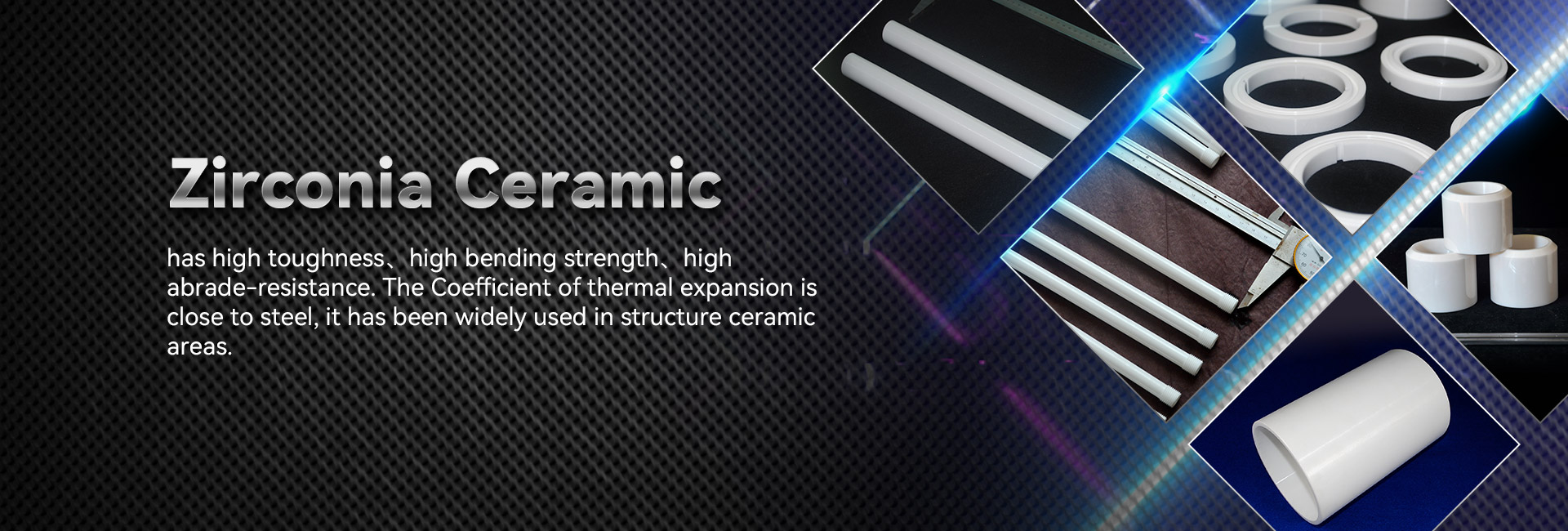
Mechanical material manifest exceptional physical traits, driving them optimal for a comprehensive variety of operations. Stemming from astronautical and driving to technological devices, these elements are regularly progressing to meet the preconditions of alumina nozzle a state-of-the-art market.
- Their durability and resistance to harsh conditions make them indispensable for top-tier systems.
- In addition, technical ceramics offer benefits in terms of durability, aiding the growth of state-of-the-art technologies.
Industrial Elements: Fashioned for Exceptional Performance
Manufactured ceramics lead in taxing operations due to their extraordinary characteristics. Produced from exclusive raw constituents and treated by intensive processing methods, these high-tech materials offer remarkable robustness, degradation resistance, and endurance to drastic heat, rusting, and erosion. From orbital parts to machining tools, industrial ceramics offer superior operation across various fields. Their elasticity allows withstanding rough states, ensuring durability and dependability. As modernization progresses, the appetite for cutting-edge materials grows, cementing the essential status of industrial ceramics in shaping a advanced future.
Innovative Ceramics: Pushing Material Boundaries
Composites, displaying remarkable robustness and resilience, are experiencing a transformation. Innovative ceramics, formulated with diligent control over their constitutions and internal architecture, breaking the limits of what is attainable. These materials offer a extensive assortment of facets, making them fit for taxing domains such as astronautics, healthcare, and resources. From lightweight parts that can endure extreme heat to compatible with living tissue implants that meld fluidly with the flesh, advanced ceramics are recasting our sphere.
Meticulous Ceramic Production: Satisfying Rigorous Standards
Ceramic fabrication has developed decisively in recent cycles, permitting the assembly of detailed and highly functional ceramic elements. These segments are important across a inclusive range of fields, including aeronautics, health, and electrical domains. Catering to the exacting demands for these purposes calls for accurate fabrication tactics that provide for dimensional precision, surface quality, and material properties. Advanced ceramic fabrication processes employ several methods, including slip casting, injection molding, and additive manufacturing. These tactics support the fabrication of multi-faceted forms and meticulous components with supreme constancy. Equally important, advances in material engineering have initiated new ceramic designs endowed with superior qualities. These elements boast increased longevity, persistence, and tolerance to demanding warmth conditions, facilitating their use in challenging sectors.
The opportunities for exact ceramic fabrication are significant. As investigations and progress push on, we can reckon on even more cutting-edge strategies and substances that will additionally grow the confines of what is attainable in this domain.
Superior Ceramic Products for Demanding Locales
High-tech ceramic compounds feature extraordinary durability and antagonism against rigorous locales, making them ideal for taxing functions in energy fields. These progressive ceramics can tolerate drastic warm loads, fight decay, and secure their effectiveness under demanding load-bearing burdens. Their singular microstructural traits permit solid performance in harsh locales, including heat chambers, aircraft engines, and nuclear plants.
- Specialized ceramic compounds
- Heat resilience
- Enhanced efficiency
Specialized Ceramics: Blending Power and Applicability
Alloyed ceramics showcase a potent mix of mechanical robustness and distinct unique features. Through the merging of ceramic fragments within a base, these structures achieve noteworthy functionality. This merge results in heightened withstandability against high thermal conditions, wearing, and chemical degradation, rendering them ideal for exacting assignments in orbital, motoring, and energy sector areas. Furthermore, ceramic composites can be customized to possess designated properties like electrical conductivity or biocompatibility, stretching their usage across diverse domains.
Microstructural Oversight in Progressive Ceramics
Attaining aimed-for traits in cutting-edge ceramics routinely calls for careful supervision over their architecture. Myriad treatment criteria, including sintering heat level, interval, and atmosphere, alongside the inclusion of dopants or additive phases, importantly shape the layout of crystals, permeability, and other microstructural specifications. Careful tailoring of these conditions allows for the increase of strength, break resistance, and thermal conductivity. Such as, augmenting the sintering heat magnitude can boost grain proliferation, thus increasing compactness and improving mechanical rigidity. Conversely, modulating the firing atmosphere may change the oxidation condition of the ceramic, thereby influencing its electrical capacitance or magnetic characteristics. Understanding these relationships between microstructure and properties is crucial for developing advanced ceramics with fine-tuned traits suitable for numerous operations.
Hardness-Boosting Ceramics: Increasing Lifespan
During taxing process areas, where components are strained to constant scraping and damage, goods with superior wear resistance are decisively vital. Wear-resistant ceramics have manifested as a principal solution, supplying unparalleled durability and operation in multiple industries such as operation, mining, and aerospace. These cutting-edge composites possess a special morphology that increases their facility to resist crumbling. By applying the inherent durability and mass of ceramic compounds, engineers can create robust sections capable of enduring the most difficult operating situations.
Medical-Grade Elements: Implementations in Medicine
Living tissue-compatible ceramics have revolutionized the hospital specialty, offering an array of beneficial qualities for various purposes. These compounds are chemically neutral within the biological entity, minimizing immunological responses and stimulating repair. A prime function for biocompatible ceramics is in skeletal implants, where their sturdiness sustains long-lasting foundation to damaged cells.
Besides, they are used in oral surgery, offering a durable and aesthetically pleasing solution for tooth replacement. Ceramics also assume a key duty in therapeutics, enabling the concentrated supply of therapeutics to specific sites within the flesh.
- What's more, biocompatible ceramics are increasingly being probed for regenerative medicine, serving as a foundation for repair.
- Because of this, the horizon of biocompatible ceramics in clinical practice looks bright, with continual development expanding their roles.
Precision Ceramic Sensors: Enabling Consistent Observations
Precision ceramic instruments have materialized as important parts across a varied array of markets. These tools exploit the distinctive features of ceramic compounds to deliver highly reliable quantifications. Their sturdiness in {demanding|harsh| 